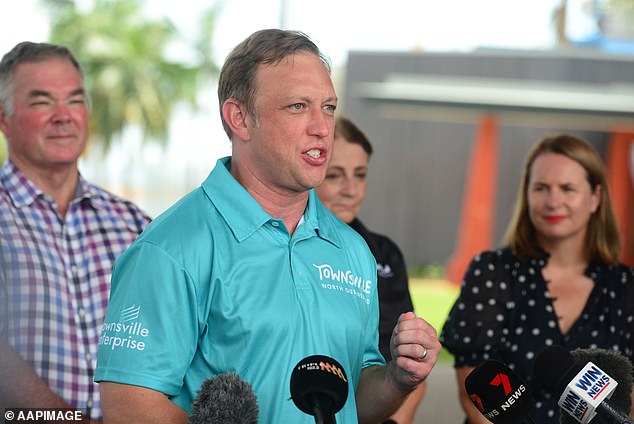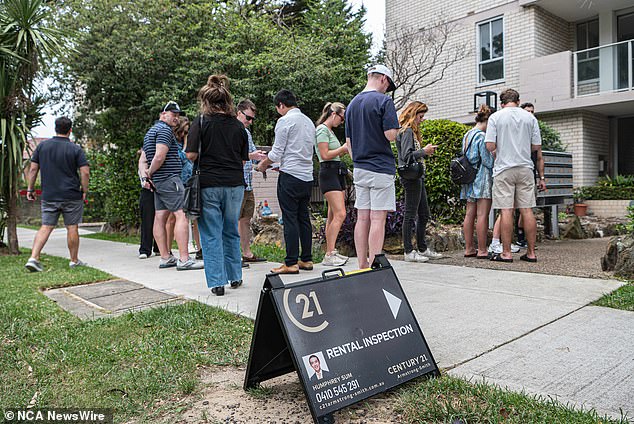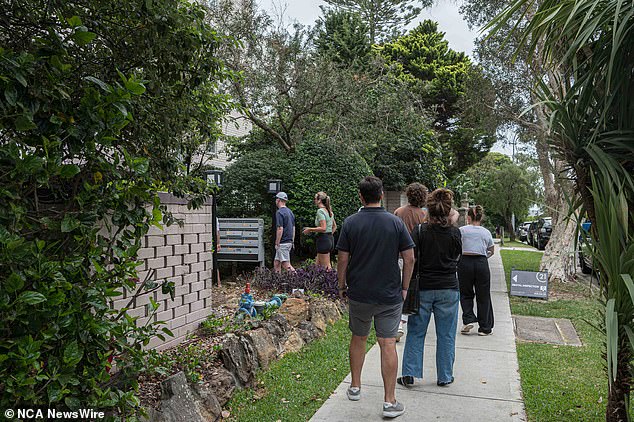How one Australian state is tackling the housing crisis as rental vacancies dry up
The Queensland government will encourage developers to build more homes in metropolitan areas by easing $350 million in infrastructure costs.
Premier Steven Miles and Housing Minister Meaghan Scanlon pledged on Saturday to tackle the state’s housing shortage by also releasing more state land for social and affordable housing.
Mr Miles said the approach to working with industry had to change if the number of homes was to keep pace with Queensland’s growth.
“A key pillar of the Homes for Queenslanders plan is building more homes faster,” he said.
“The Infrastructure Infill Fund… will provide more housing options in demand areas – close to schools, transport and healthcare.
“This funding is in direct response to the feedback we have received from the industry.”
Queensland Housing Minister Meaghan Scanlon has announced a new plan to get more low-cost homes built in the state to tackle the housing crisis (pictured right with MP Brittany Lauga)

Prime Minister Steven Miles said infrastructure costs and red tape will also be lifted
Developers will have to demonstrate community benefits and offer smaller and more affordable housing to qualify for the infill financing.
These are likely units and townhouses.
Social and affordable housing will be provided using state-owned land, with medium-density housing part of the federal government’s housing reforms.
The government will also set up a team of bureaucrats to expedite the planning and development of affordable and social housing, as well as proposals of interest to the state.
The team will oversee five new pilot housing projects in Varsity Lakes, Mango Hill and Pimlico under what is called ‘inclusive planning’.
The pilot project aims to provide around 20 per cent affordable housing through more flexible planning controls such as density bonuses.
The changes in state government have the potential to usurp the power of council planners.
However, Local Government Association of Queensland chief executive Alison Smith said councils had warned of a housing crisis.
“Councils will welcome the relief from infrastructure charges, but the State Government must do more to help councils,” she said.
The association supported the pilots of inclusive planning, but did not want this approach to be mandatory across the country.
Real estate research firm PropTrack said in a report released Tuesday that rents are unlikely to become more affordable in 2024.

A new report released this week shows rental property vacancy rates are at record lows (Photo: Tenants queue for a Bondi flat on Saturday)
“With rental housing volumes at historic lows and well below the decadal average, rental conditions are likely to remain challenging,” the report said.
“Given continued strong population growth and the low volume of new rental stock under construction, it is likely that competition for rental stock will remain significant.”
‘These conditions will be most prevalent in major capitals and regional areas with strong demand and limited supply, which is likely to keep rental prices under pressure.’
The latest PropTrack Rental Report for December shows that the number of listings on realestate.com.au fell to a record low in December, 30.2 per cent below the average for the month.
Meanwhile, requests per ad increased 3.3 percent from 2023, bringing the average ad price to $580 per week.

PropTrack said it is unlikely that rental prices will become cheaper or more widely available by 2024
Across the country, real estate investors have exited the market and while there has been a recovery, it is not enough to replenish the depleted housing stock.
As a result, rental vacancy rates have remained near a record low at 1.1 percent, down from 1.3 percent in December 2022, pushing prices higher.
Proptrack said: ‘The supply of rental properties is expected to remain low, while strong migration to Australia, especially from students, is likely to drive continued strong rental demand.’
‘From now on, we expect rental prices to continue to rise, especially in major capitals, due to continued low supply and strong demand, which is exacerbated by the rapid pace of population growth.’
“Although population growth is expected to slow, it will remain high this fiscal year and next.”
‘Tenants will increasingly look for smaller and cheaper homes or will be forced to live in a shared home to save on rental costs.’
